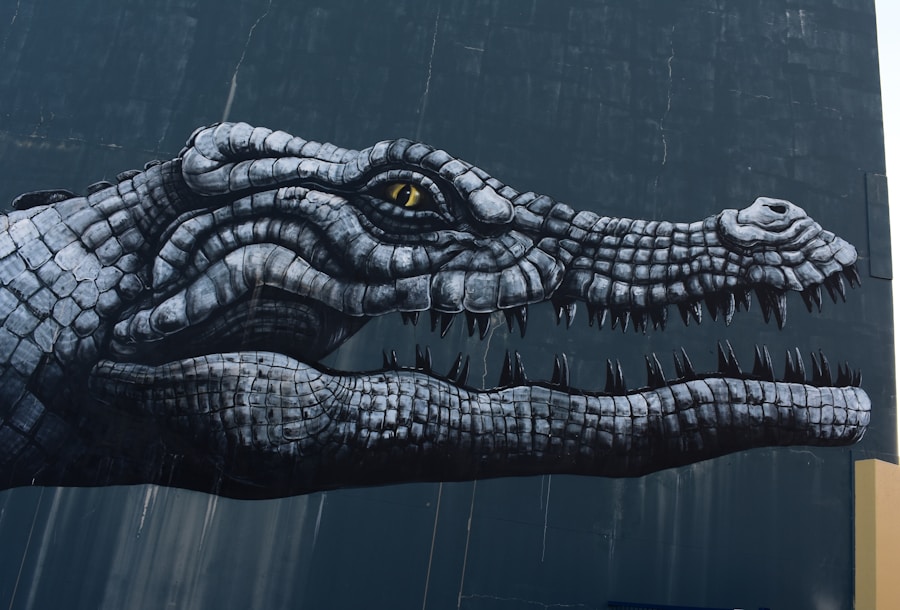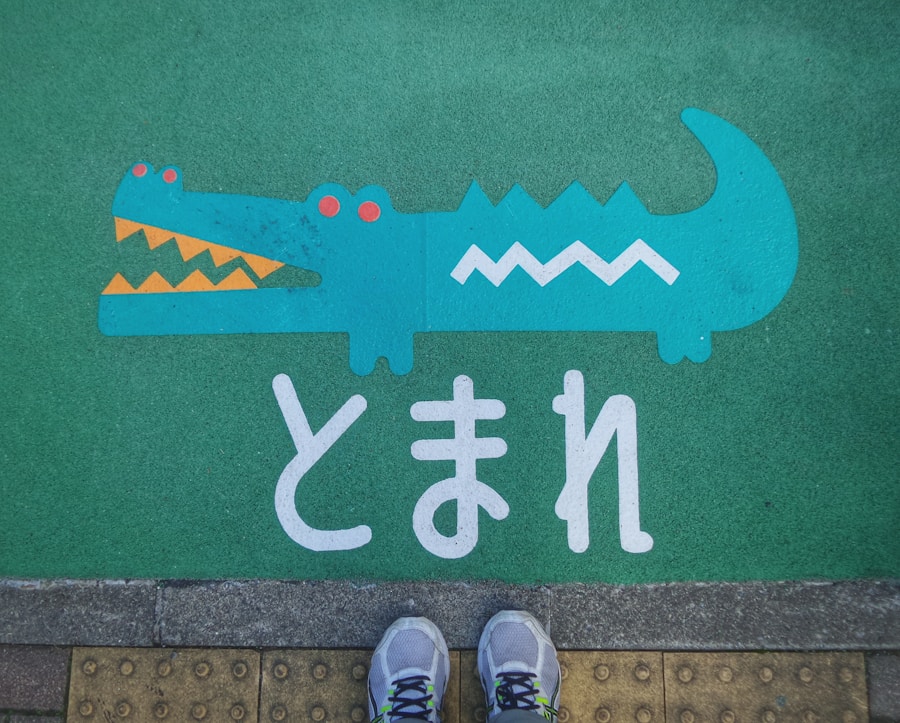Godzilla, the iconic kaiju that has captivated audiences for decades, is not just a creature of destruction but also a fascinating subject of scientific inquiry. One of the most intriguing aspects of this colossal being is its buoyancy. As a creature that towers over skyscrapers and weighs thousands of tons, one might wonder how Godzilla manages to stay afloat in the vast oceans it often inhabits.
The concept of buoyancy, which governs the behaviour of objects in water, plays a crucial role in understanding how such a massive creature can navigate its aquatic environment. This article delves into the physics behind Godzilla’s buoyancy, exploring its body composition, the role of air pockets, and how ocean currents interact with this legendary monster. As we embark on this exploration, it is essential to appreciate the blend of science and mythology that surrounds Godzilla.
While the creature is a product of fiction, the principles governing its buoyancy are rooted in real-world physics. By examining these principles, we can gain insights not only into Godzilla’s fictional biology but also into broader applications in engineering and technology. The following sections will unravel the complexities of buoyancy as they relate to Godzilla, providing a comprehensive understanding of how this titan defies the odds and remains a formidable force both on land and in water.
Summary
- Godzilla’s buoyancy is a fascinating topic that explores the science behind how the iconic monster is able to float and move in water.
- Understanding the physics of buoyancy is crucial in comprehending how objects, including Godzilla, are able to float in water.
- Godzilla’s body composition, including its large size and air pockets, plays a significant role in its ability to stay afloat in water.
- The presence of air pockets within Godzilla’s body contributes to its buoyancy and ability to navigate through water.
- Godzilla’s buoyancy has implications for understanding its movement in relation to ocean currents and how it adapts to different aquatic environments.
The Physics of Buoyancy
The Importance of Density and Volume
This fundamental concept is crucial for understanding how Godzilla, despite its immense size and weight, can remain buoyant in the ocean. To further grasp this concept, consider the factors that influence buoyancy: density and volume. Density is defined as mass per unit volume, and it plays a pivotal role in determining whether an object will float or sink.
Godzilla’s Unique Body Composition
For Godzilla, its overall density must be less than that of seawater for it to achieve buoyancy. This raises intriguing questions about its body composition and how it has adapted to maintain a balance between its massive size and the need for buoyancy in aquatic environments.
A Deeper Examination of Godzilla’s Biology
The interplay between these physical properties sets the stage for a deeper examination of Godzilla’s unique biology.
Godzilla’s Body Composition and Buoyancy

When contemplating Godzilla’s buoyancy, one must consider its body composition. The creature is often depicted with a robust, muscular physique covered in thick scales, which contribute to its formidable appearance. However, these characteristics also play a significant role in its buoyancy.
The density of Godzilla’s tissues—muscle, bone, and fat—affects how it interacts with water. If Godzilla’s body were composed solely of dense materials, it would likely struggle to stay afloat. Interestingly, Godzilla’s fictional biology suggests that it possesses unique adaptations that allow it to maintain an optimal balance between mass and buoyancy.
For instance, one could speculate that Godzilla has evolved lighter skeletal structures or specialised tissues that reduce overall density without compromising strength. This adaptation would enable it to navigate through water with relative ease while still retaining the power necessary for its terrestrial exploits. Such considerations highlight the intricate relationship between form and function in this legendary creature.
The Role of Air Pockets in Godzilla’s Buoyancy
| Depth of Air Pockets (m) | Buoyancy Force (N) |
|---|---|
| 10 | 980 |
| 20 | 1960 |
| 30 | 2940 |
| 40 | 3920 |
| 50 | 4900 |
Another fascinating aspect of Godzilla’s buoyancy lies in the potential presence of air pockets within its body. Air pockets are crucial for many marine animals, such as whales and dolphins, as they help regulate buoyancy and facilitate movement through water. If we apply this concept to Godzilla, one could imagine that it might possess similar adaptations that allow it to control its buoyancy effectively.
These air pockets could be strategically located within Godzilla’s anatomy, perhaps within its muscular structure or even within specialised cavities in its bones. By adjusting the volume of air within these pockets, Godzilla could fine-tune its buoyancy, allowing it to ascend or descend in the water column as needed.
Godzilla’s Buoyancy in Relation to Ocean Currents
The interaction between Godzilla’s buoyancy and ocean currents presents another layer of complexity to our understanding of this iconic creature. Ocean currents are powerful forces that can significantly influence the movement of large objects within the water. For Godzilla, being able to harness these currents could be advantageous for both travel and hunting.
When considering how Godzilla might utilise ocean currents, one can envision it swimming with the flow to conserve energy during long migrations or using currents to propel itself towards prey. Its buoyancy would play a critical role in this dynamic; by adjusting its position within the water column, Godzilla could optimise its interaction with these currents. This adaptability would not only enhance its efficiency as a predator but also allow it to traverse vast distances across the ocean with relative ease.
The Evolution of Godzilla’s Buoyancy

The evolution of Godzilla’s buoyancy is a captivating topic that invites speculation about how this creature has adapted over time to thrive in both terrestrial and aquatic environments. As a fictional character, Godzilla’s origins can be traced back to post-war Japan, where it was conceived as a metaphor for nuclear devastation. However, if we were to consider its evolutionary journey from a scientific perspective, one could argue that its buoyancy has been shaped by environmental pressures and ecological niches.
In a hypothetical evolutionary scenario, early iterations of Godzilla may have faced challenges related to buoyancy as they adapted to life in water. Over generations, natural selection could have favoured traits that enhanced buoyancy—such as lighter body structures or specialised adaptations for swimming—allowing these creatures to exploit aquatic resources more effectively. This evolutionary narrative not only enriches our understanding of Godzilla as a character but also highlights the broader principles of adaptation and survival in nature.
Applications of Godzilla’s Buoyancy in Engineering and Technology
The principles governing Godzilla’s buoyancy extend beyond the realm of fiction and can inspire real-world applications in engineering and technology. Understanding how large objects interact with water can inform various fields, from naval architecture to underwater robotics. By studying the fictional mechanics behind Godzilla’s buoyancy, engineers can glean insights into designing more efficient vessels or underwater vehicles.
For instance, concepts derived from Godzilla’s buoyancy could lead to innovations in hull design that optimise displacement and reduce drag in marine vessels. Additionally, advancements in materials science inspired by Godzilla’s hypothetical adaptations could result in lighter yet stronger materials for use in underwater exploration or construction projects. The intersection of science fiction and engineering often sparks creativity and innovation; thus, examining Godzilla’s buoyancy can serve as a catalyst for new ideas and technologies.
The Fascinating Science of Godzilla’s Buoyancy
In conclusion, the exploration of Godzilla’s buoyancy reveals a captivating interplay between science and mythology.
Furthermore, contemplating the evolution of Godzilla’s buoyancy opens up discussions about adaptation and survival in nature.
The implications extend beyond fiction; they inspire real-world applications in engineering and technology that can enhance our understanding of fluid dynamics and improve designs for marine vessels and underwater exploration tools. Ultimately, while Godzilla may be a product of imagination, the scientific principles governing its buoyancy are very much grounded in reality—reminding us that even the most fantastical creatures can offer profound lessons about the natural world we inhabit.
If you are interested in exploring more about Godzilla and its impact on popular culture, you should definitely check out this article that delves into how Godzilla represents both anarchism and capitalism in modern society. It offers a unique perspective on the iconic monster and its relevance in today’s world.
FAQs
What is the article about?
The article is about the possibility of Godzilla floating above the ocean.
Can Godzilla float above the ocean?
No, Godzilla is a fictional character from the Japanese film industry and does not exist in reality. Therefore, it is not possible for Godzilla to float above the ocean.
How does Godzilla’s size affect its ability to float?
As Godzilla is a fictional character, its size and ability to float are purely based on the imagination of the creators of the character. In reality, a creature of Godzilla’s size would not be able to float above the ocean.
What factors determine an object’s ability to float?
An object’s ability to float is determined by its density and the density of the fluid it is placed in. If the object’s density is less than the density of the fluid, it will float. If the object’s density is greater than the density of the fluid, it will sink.
Is there any real-life creature that can float above the ocean?
There are no known real-life creatures that can float above the ocean. Most creatures that float on the ocean’s surface, such as certain types of fish and marine mammals, do so by swimming or using buoyant adaptations.
What are some examples of creatures that can float on the ocean’s surface?
Some examples of creatures that can float on the ocean’s surface include sea otters, sea turtles, and certain species of jellyfish. These creatures have adaptations that allow them to remain buoyant and float on the water.
